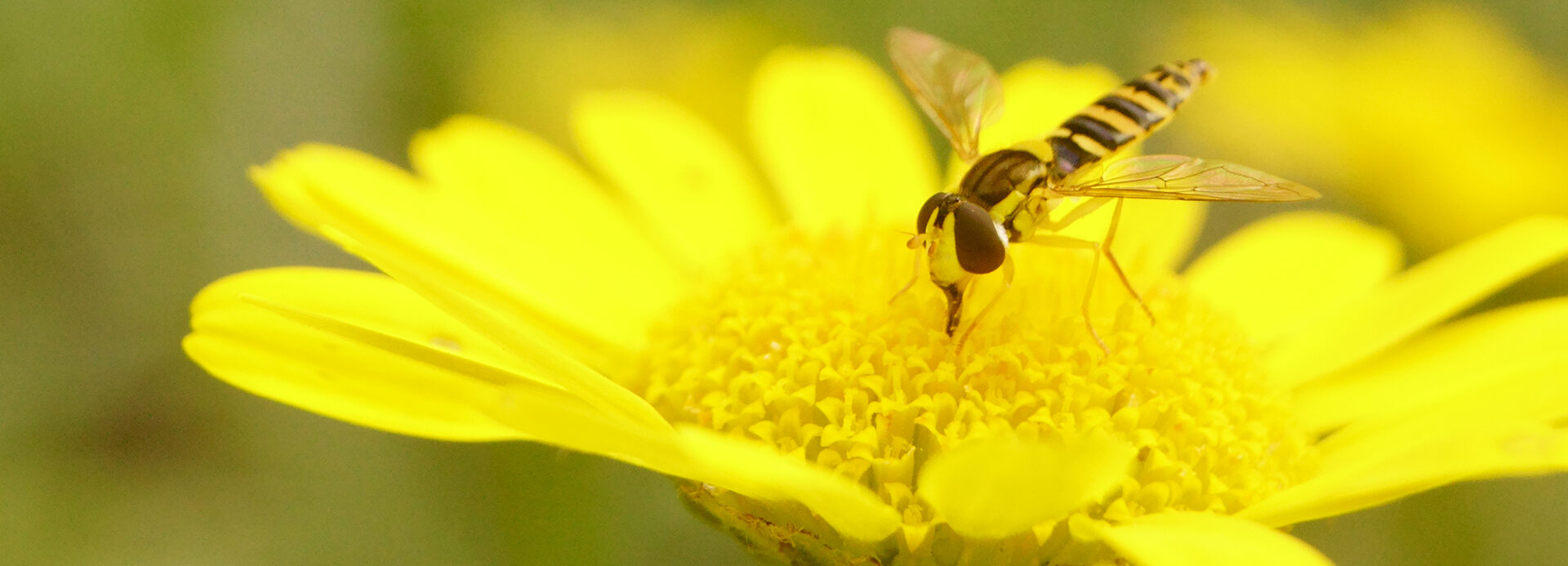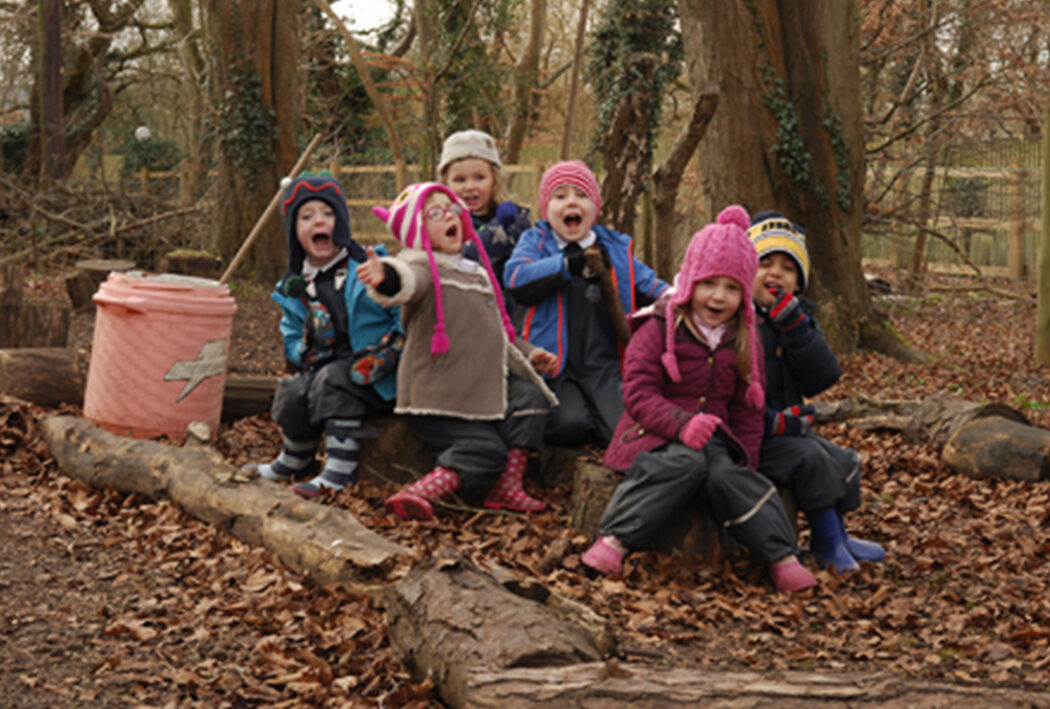Withymead is special: an oasis of riverside wildness; a haven for plants and wildlife; a place where Thames-side boat building once thrived.
The 13-acre reserve was established by Anne Carpmael, a keen naturalist who lived at Withymead for nearly 60 years. Anne bequeathed the site as a special place for the community, and to inspire an appreciation of nature especially amongst young people. Withymead is also home to an important part of our industrial heritage. Samuel Saunders was born at The Swan in Streatley in 1857 and built boats by the river Thames like his father and grandfather before him. He established the Springfield Works at Withymead in 1870. Remnants of the slipways and boat sheds can be seen within the reserve.
It opened in 2004. It is owned and managed by The Anne Carpmael Trust CIO. It is staffed entirely by unpaid volunteers including our resident wardens. Our current wardens are Pete Morton and Jade Van Der Merwe, appointed in September 2019. Volunteers are from all walks of life and support us with habitat management, welcoming visitors on open days, serving tea and cake from the study centre, repairing and conserving our built heritage, and many other tasks. Their support is invaluable, and we thank them all.
We aim to boost local wildlife directly, with practical nature conservation; and indirectly, by inspiring people to enjoy nature and join in our quest to protect it. We have a management plan that informs our decisions and work on our sites. For example, the reedbeds are maintained on a 5-year cycle. Every year, one of the five compartments of reed beds are cut, and the reeds removed. This prevents the build-up of organic matter and the subsequent drying of the reedbed. Any willow within the reedbed is either removed or coppiced. The habitat for grass snake and slow worms has also been greatly enhanced with numerous new ‘tins’, hibernacula and sites for breeding. We have also improved the movement of water through the reedbeds.
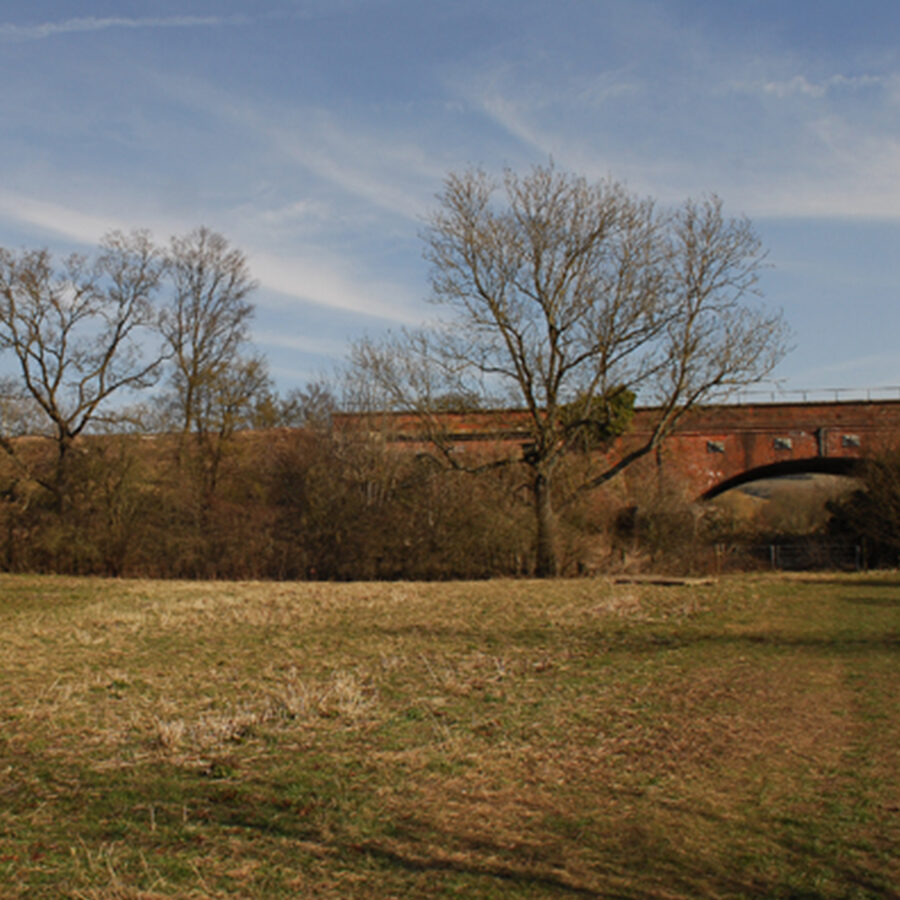
Little Meadow
Little Meadow is a floodplain wildflower meadow and area of coppiced woodland that lies on the banks of the Thames about a mile south of Goring, next to Gatehampton railway bridge. Approximately 2 acres in size, it is managed to protect and enhance the wide variety of native wildflowers. As well as their obvious aesthetic value, they provide nectar and pollen for a wide variety of insects including bees, hoverflies and butterflies. The hazel is coppiced, and the meadow is usually cut twice a year: once in midsummer and again in the autumn around October time. Gifted to the Anne Carpmael Trust by the Goring and Streatley Environmental Group in February 2012, it is regularly used by the local community and those who enjoy long distance walking as it is crossed by the Thames Path national trail.
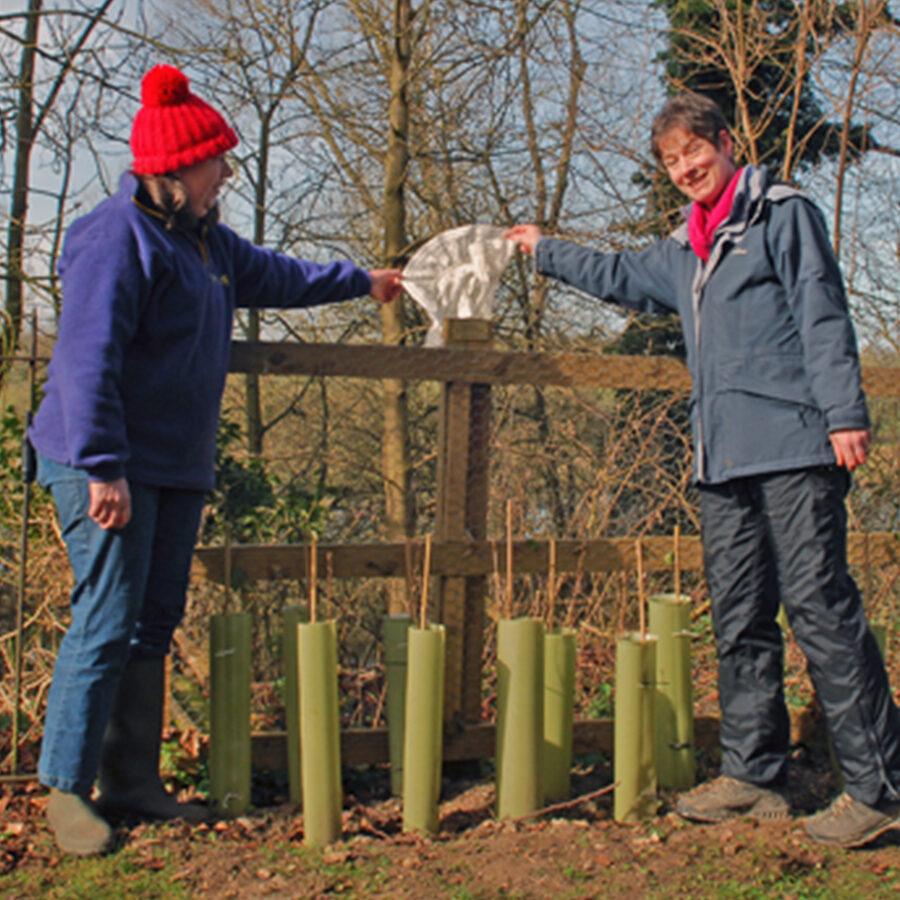
Tara's Piece
Tara’s Piece is a piece of original river terrace on the same stretch of Bridleway as Withymead. It was purchased by Anne and Philip Carpmael with Lord Marshall of Goring in 1982 to prevent the site being sold and developed. The land is now co-owned by The Anne Carpmael Trust CIO and the Marshall family who used to live nearby. It is managed as the original owners would have wished – as a nature refuge. The steep drop from the Bridleway is a stark contrast to the gardens either side where the land has been re-profiled. At the bottom of the terrace lie the remnants of a ditch that ran from South Stoke to the Leathern Bottel. The marshy ground at the bottom is carpeted with Loddon Lillies in April and May. Due to its fragile and inaccessible nature, it is not open to the public.
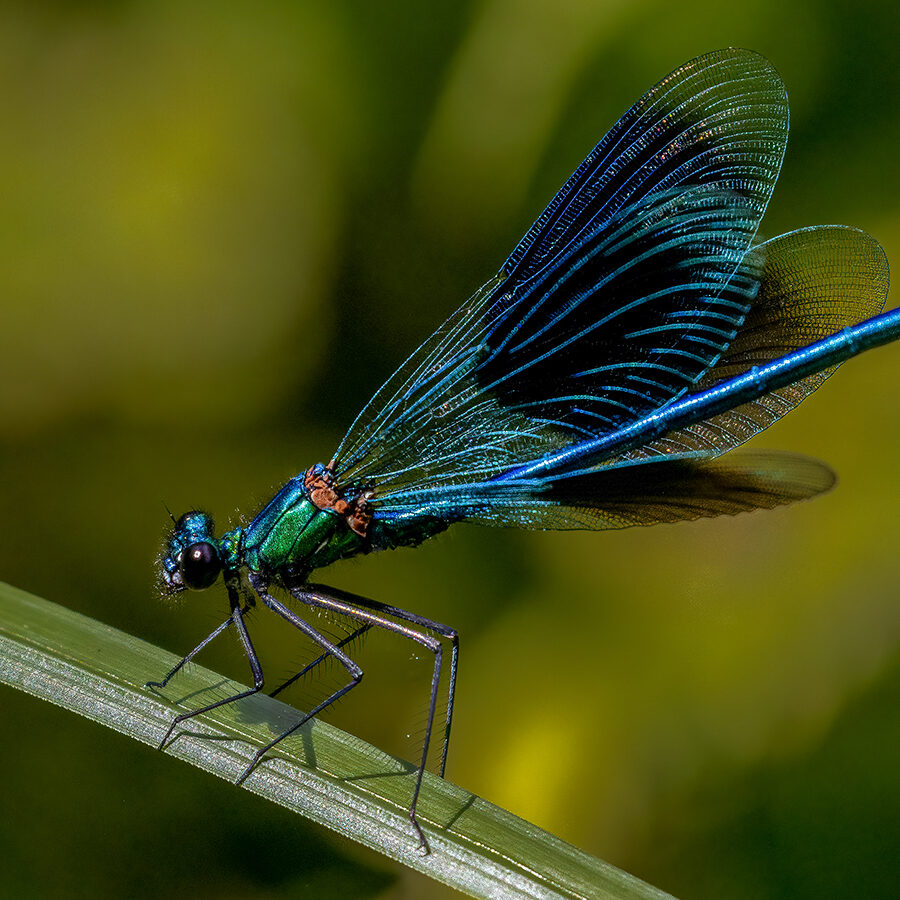
Gloriously varied plant and animal life
Withymead is renowned for its birds: Canada geese and cormorant on the Thames; kingfisher, grebe, coot, moorhen and water rail at the river margin; corn bunting and warblers in the reeds; owls in the woods; cuckoos in the spring. Willow, alder and hazel typify the wet woodland. Ash, oak and sycamore occupy higher ground. Fenland reeds thrive in the waterlogged floodplain.
Mammals include otter at the riverside, fox, bat and deer on upper ground. The undergrowth is home to grass snake, slow worm, newt, toad and frog. Glow worms light the paths on summer nights. Dragonfly, moth and butterfly flit to and fro. Withymead’s signature flower, the Loddon Lily, carpets the wetland in spring. Iris, comfrey, meadowsweet and wild angelica provide nectar for insects.
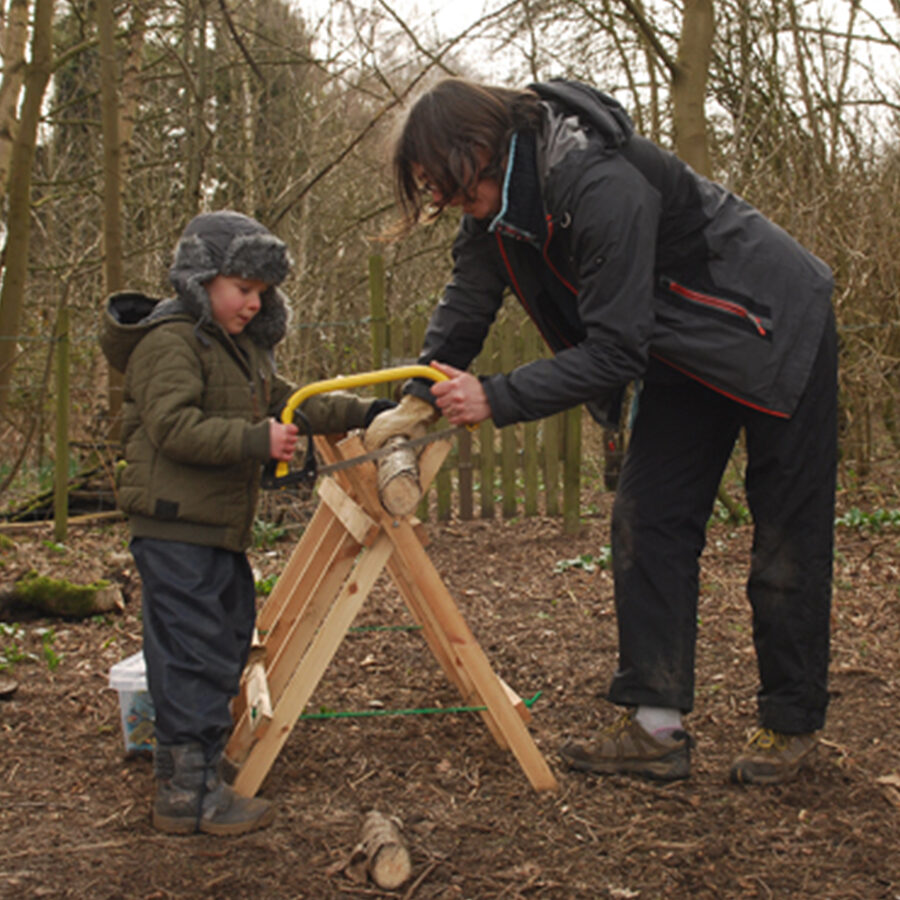
Forest Schools
Withymead has been involved with the Oxfordshire Forest Schools Project since 2005. An old orchard provides a designated safe environment for the children to explore and learn about nature. It has a shelter, a sitting circle around a campfire, and in recent years it has been rejuvenated with new heritage fruit tree cultivars and a new child-friendly bird hide and mud kitchen.
Local primary schools use the site, and sessions are organised and run by their own qualified Forest School leaders. The philosophy of Forest Schools is to encourage and inspire individuals of any age through an innovative, long term, educational approach to outdoor play and learning in a woodland environment. In short it is all about getting children outside and enjoying nature. The Forest School movement has its origins firmly in Scandinavia, particularly in Denmark, where it has always been a part of their education programme. It came to the UK about 20 years ago and has been spreading across the country ever since.
The underlying principles are to inspire children, to introduce them to new opportunities and experiences in the natural world; provide a regular experience where children can explore freely and independently, increasing their confidence and raising their self-esteem; and instil a feeling of belonging, respect and understanding of the world around them.

